Disclosure: This article contains affiliate links. We may earn a commission from purchases at no extra cost to you, which helps our travel content.
When I tell colleagues at the Philadelphia courthouse that I spent my winter break scaling limestone cliffs and exploring ancient cave systems in northern Ethiopia, I'm met with raised eyebrows and curious questions. Mekelle—the capital city of Tigray region—isn't exactly on most adventure travelers' radar, but that's precisely what makes it magical. After years of bringing my adventure-seeking friends to more mainstream destinations, I found myself drawn to this underexplored vertical playground where ancient history and adrenaline-pumping challenges converge in the most unexpected ways. The sandstone formations surrounding Mekelle have been shaped by millennia of wind and water, creating a climber's paradise that rivals more famous destinations while offering cultural immersion opportunities you simply can't find elsewhere. This remote corner of Ethiopia challenged me physically and intellectually—exactly the kind of experience I've been seeking since that first transformative family road trip through the American Southwest years ago.
Getting to Know Mekelle: More Than Just Rocks
My journey to Mekelle began with three days of acclimatization in this fascinating university city situated at 7,000 feet above sea level. While many travelers rush straight to the climbing sites, I've learned that understanding the cultural and historical context of a destination enriches every physical challenge that follows.
Mekelle surprised me with its blend of traditional Ethiopian culture and modern university town energy. The city serves as an excellent base camp, offering comfortable accommodations ranging from budget hostels to mid-range hotels with surprisingly reliable WiFi—a blessing for catching up with my legal team back home.
I spent my first day exploring the Emperor Yohannes IV Museum, housed in a 19th-century palace that tells the complex story of Ethiopia's resistance against colonial powers—a narrative that resonates deeply with my work in social justice. The museum's collection of ancient manuscripts particularly fascinated me, many describing the very landscape I would soon be climbing.
The local food scene deserves special mention. After long days of climbing, my group refueled at traditional restaurants serving injera (sourdough flatbread) topped with various spiced stews. The berbere-spiced dishes provided perfect protein recovery after intense physical exertion. Don't miss the honey wine (tej) at Desta Traditional Restaurant—though perhaps save it for a rest day!
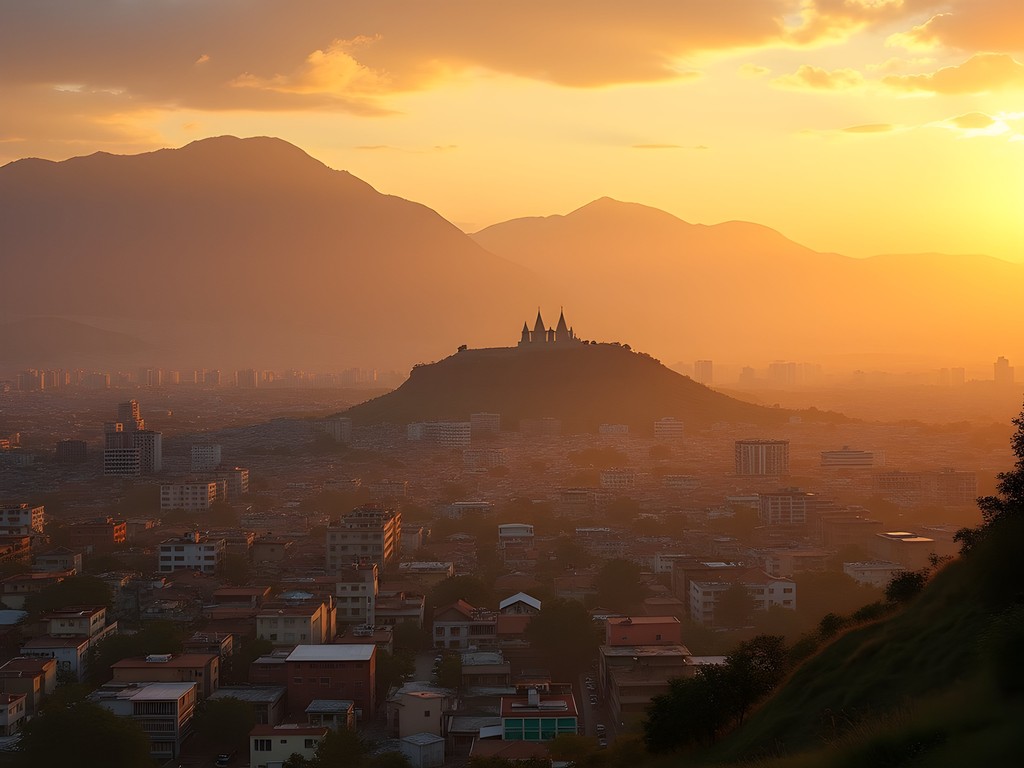
💡 Pro Tips
- Learn a few phrases in Tigrinya (the local language) before arriving—it opens doors and hearts
- Exchange money at the airport or official banks rather than on the street for better rates
- Visit the local market on Saturday mornings to experience authentic Tigrayan culture before heading to climbing sites
Climbing the Sandstone Giants of Tigray
The climbing scene in Mekelle remains refreshingly undeveloped compared to mainstream destinations—which means fewer crowds but also requires more self-sufficiency. The region's sandstone formations offer everything from beginner-friendly slabs to challenging multi-pitch routes that tested even my experienced friends.
We spent our first climbing day at Gheralta, about two hours from Mekelle, where ancient rock-hewn churches share the cliffs with established climbing routes. There's something profoundly moving about scaling a rock face knowing that Ethiopian Orthodox priests have been making the same climb (without modern gear) for centuries to reach their places of worship.
For our equipment needs, I relied heavily on my climbing harness which proved comfortable during long days on the rock. The region's abrasive sandstone can be tough on gear, so bring plenty of chalk and consider gloves for approaches.
The most memorable climbing experience came on day four when we tackled the 'Lion's Mane' route—a challenging 5.10c that follows a striking crack system up a 200-foot cliff face. The final pitch opens to a panoramic view of the Tigray plateau that literally took my breath away (though the exertion might have contributed).
What makes climbing here unique is the cultural dimension. Local children often watched our climbs with fascination, and several times, Orthodox priests would appear seemingly from nowhere, having used hidden hand-carved steps to access cliff-top churches. These unexpected cultural exchanges—discussing climbing techniques with curious locals while perched on a ledge 100 feet up—create memories that simply don't happen at more commercial climbing destinations.

💡 Pro Tips
- Hire a local guide through Ethio Travel and Tours for both climbing expertise and cultural context
- Bring more quickdraws than you think you'll need—many routes are longer than they appear
- Respect religious sites by keeping noise down when climbing near churches, especially during morning and evening prayer times
Exploring Ethiopia's Ancient Cave Systems
When our muscles needed a break from climbing, we turned our attention below ground to explore Mekelle's remarkable cave systems. The limestone landscape that creates perfect climbing conditions also harbors extensive caverns, many with archaeological significance dating back thousands of years.
The Sof Omar Cave system, though requiring a longer excursion from Mekelle, offers the most developed caving experience. My group spent a full day navigating its chambers with a local guide who shared both geological information and folklore about the spiritual significance of these underground spaces.
Closer to Mekelle, we explored several smaller but equally fascinating caves where early human habitation is evidenced by rock art dating back millennia. As someone who's represented clients from diverse cultural backgrounds, I found myself deeply moved by these ancient expressions of human experience—a reminder that storytelling transcends time and technology.
Caving here requires proper equipment. My headlamp proved invaluable, especially in the deeper chambers where darkness is absolute. I also recommend a good caving helmet as many passages require scrambling through tight spaces.
One unexpected highlight came when our guide Ibrahim demonstrated traditional fire-making techniques inside a cave chamber, momentarily illuminating ancient paintings that aren't visible by regular flashlight. These kinds of authentic cultural exchanges are what transform a physical adventure into something more profound—a window into human history and adaptation.
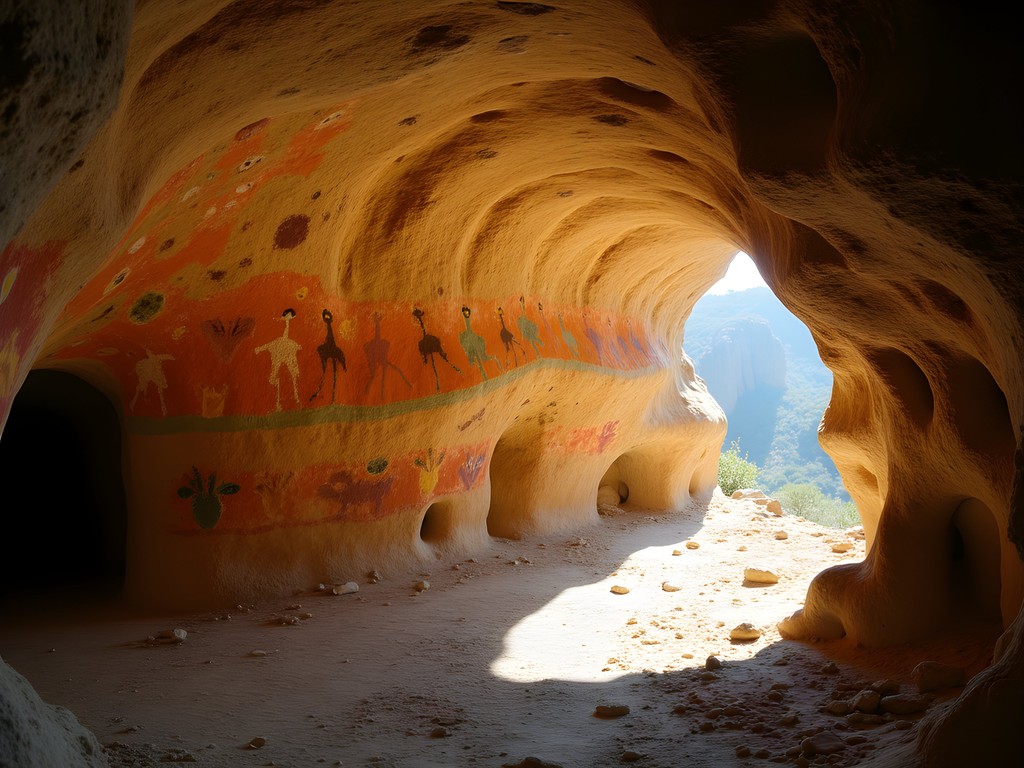
💡 Pro Tips
- Book cave guides at least two days in advance through your accommodation
- Wear layers as cave temperatures remain constant but can feel cool after sun-heated climbing sessions
- Bring a waterproof case for documents and electronics—some caves have unexpected water features
Cultural Immersion Between Climbs
Adventure travel in Ethiopia isn't just about physical challenges—it's equally about cultural immersion. In Mekelle, I found that rest days between climbing sessions offered some of the trip's most meaningful experiences.
One standout experience was participating in a traditional coffee ceremony with a local family. This isn't the grab-and-go coffee culture we know in the States; it's a social ritual lasting hours, where beans are roasted, ground, and brewed in successive rounds while sharing conversation. As someone who values the stories behind places and practices, I found these ceremonies provided deeper insight into Tigrayan culture than any guidebook could offer.
The region's smart-city initiatives particularly fascinated me. Despite being in a remote part of Ethiopia, Mekelle University is pioneering sustainable urban development projects that rival anything I've seen in more developed nations. Their solar power integration and water conservation systems demonstrate remarkable innovation—something I've been documenting since first noticing similar initiatives on tribal lands in the American Southwest.
Tigray's famous rock-hewn churches deserve special mention. While some are integrated with climbing areas, others require dedicated visits. The ancient church of Abuna Yemata Guh demands a challenging climb up a sheer cliff face (without modern climbing gear) followed by crossing a narrow rock bridge with dizzying drops on either side. The reward? Stepping into a church carved directly into the mountain, its walls covered in vibrant 15th-century frescoes that have survived centuries in remarkable condition.
These cultural experiences provide essential context for understanding the landscape we climb. As I've learned through my work with diverse communities, physical spaces always carry human stories—and in Ethiopia, those stories stretch back to the very origins of humanity.
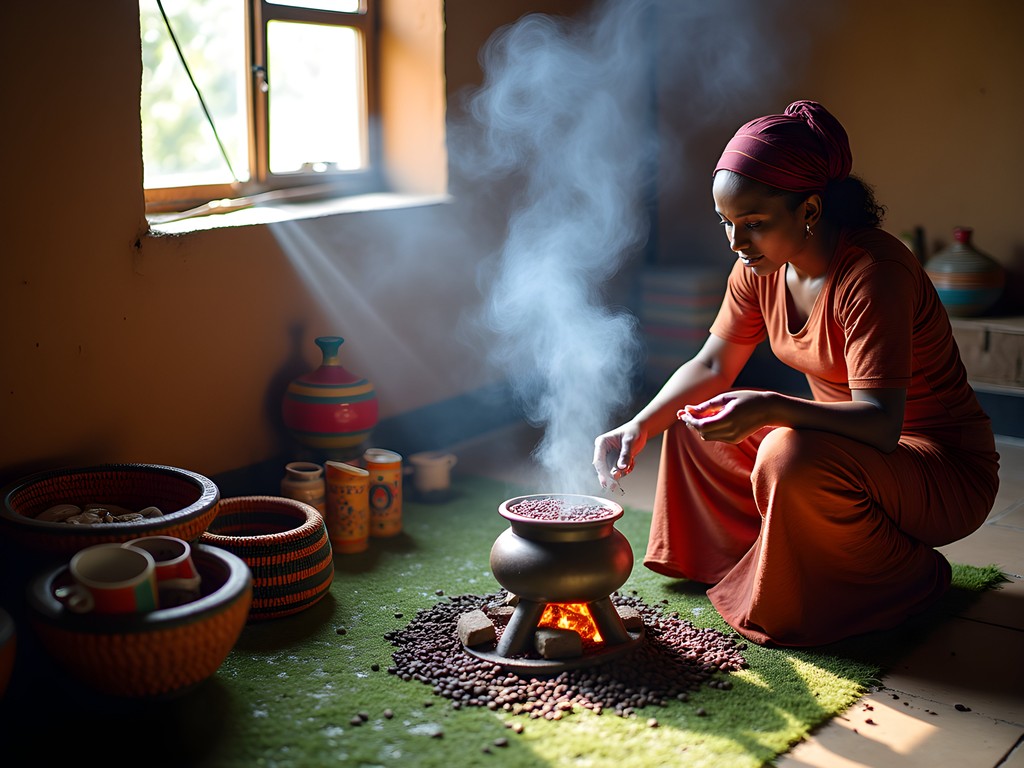
💡 Pro Tips
- Accept invitations to coffee ceremonies—they're genuine gestures of hospitality, not tourist traps
- Visit Mekelle University's sustainable technology center on Mondays when student guides are available
- Dress modestly when visiting churches (covering shoulders and knees) and remove shoes before entering
Practical Planning for Mekelle Adventures
Planning an adventure trip to Mekelle requires more preparation than visiting mainstream destinations, but that's precisely what keeps the experience authentic. As someone who's navigated complex legal systems for a living, I found the logistical challenges manageable with proper research.
Flights connect through Addis Ababa, with several weekly options to Mekelle's Alula Aba Nega Airport. I recommend building in buffer days for potential schedule changes—not uncommon in this region. Once in Mekelle, transportation to climbing sites typically requires hiring a driver, which your accommodation can arrange.
For accommodations, I stayed at the Axum Hotel, which offers clean, comfortable rooms at reasonable rates (around $40-60/night) and—crucially for adventure travelers—understands the needs of climbers and cavers. They provided early breakfast on climbing days and didn't blink when we returned covered in dust and chalk.
Regarding safety equipment, bring everything you'll need from home. While basic supplies can be found in Mekelle, specialized climbing gear is scarce. My climbing rope performed flawlessly on the abrasive sandstone, though I noticed significant wear by week's end.
Health preparations should include visiting a travel clinic at least 8 weeks before departure for recommended vaccinations and malaria prophylaxis, though Mekelle's higher elevation means lower malaria risk than other parts of Ethiopia. I always travel with a comprehensive first aid kit and added extra blister treatment supplies for this trip—essential after long approaches to climbing sites.
Finally, connectivity can be intermittent. I purchased a local SIM card at the airport (bring your passport) which provided adequate data in Mekelle but limited coverage at remote climbing sites. Consider this digital semi-detox part of the adventure experience!
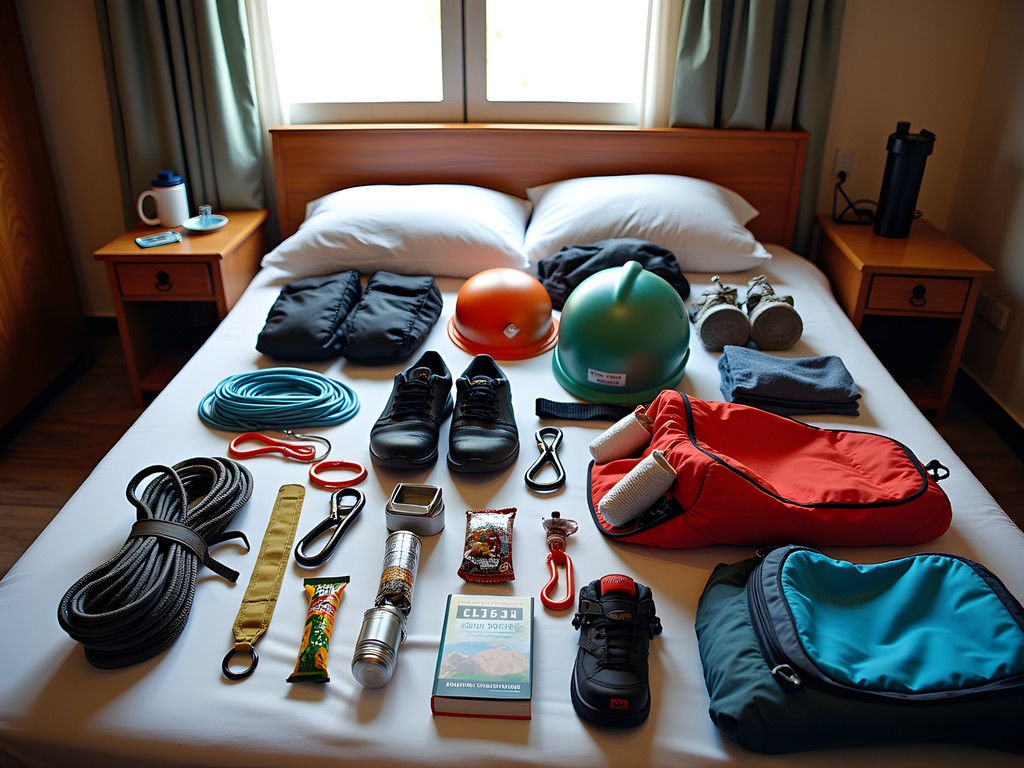
💡 Pro Tips
- Book accommodations that cater to climbers—Axum Hotel and Planet Hotel both understand early starts and gear storage needs
- Download offline maps of climbing areas before arrival—cell coverage is spotty at best
- Bring twice as much climbing chalk as you normally use—the dry climate and rough rock increase consumption dramatically
Final Thoughts
As my flight lifted off from Mekelle, fingers still raw from a week on sandstone and limestone, I reflected on how this corner of Ethiopia had surprised me at every turn. The physical challenges of climbing sheer cliffs and navigating ancient cave systems were expected; the profound cultural connections and lessons in human resilience were not. For adventurers willing to step beyond the mainstream climbing destinations, Mekelle offers not just world-class vertical challenges but a window into one of humanity's oldest continuing civilizations. The techniques I learned from local climbers—who ascend these cliffs without modern gear to reach ancient churches—will influence my climbing for years to come. But more importantly, the stories shared during coffee ceremonies and the ingenuity observed in sustainable development projects have enriched my understanding of human adaptation and resilience. Isn't that why we travel in the first place? To test our physical limits, yes—but also to expand our perspective on what's possible when humans connect meaningfully with landscapes over millennia.
✨ Key Takeaways
- Mekelle offers world-class climbing opportunities without the crowds of more established destinations
- The combination of adventure sports and cultural immersion creates a uniquely educational experience
- Local knowledge enhances both safety and enjoyment—always hire guides familiar with both the terrain and cultural context
- Winter (October-February) provides ideal climbing conditions with dry rock and moderate temperatures
📋 Practical Information
Best Time to Visit
October through February (dry season)
Budget Estimate
$1,500-2,000 for one week (excluding international flights)
Recommended Duration
Minimum 7 days, ideally 10-14 days
Difficulty Level
Advanced For Climbing, Moderate For Caving With Guides

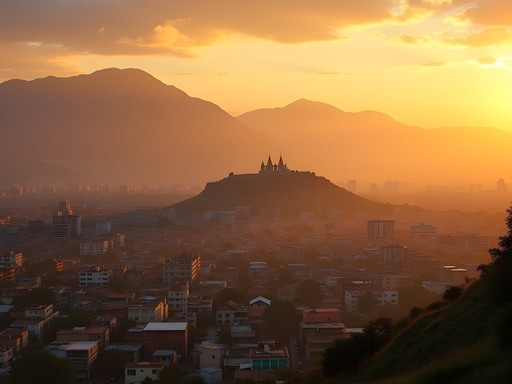
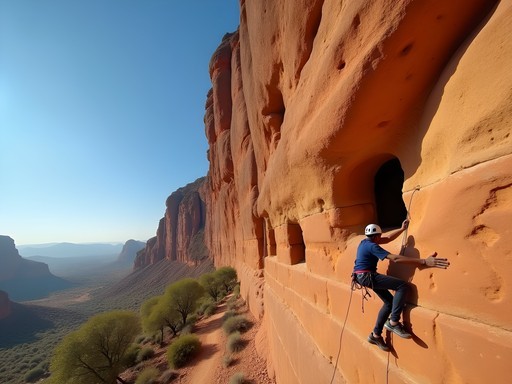

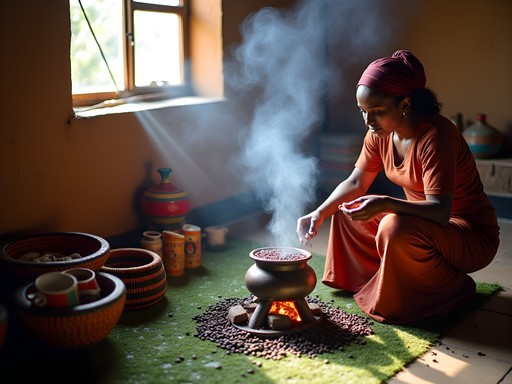
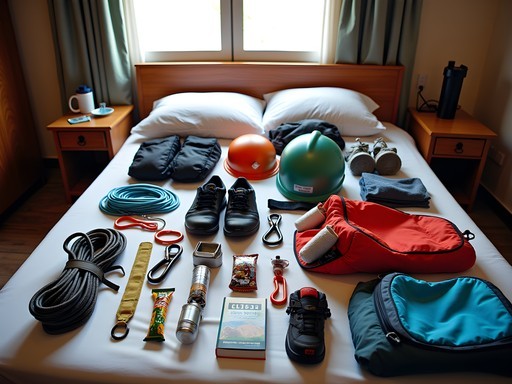


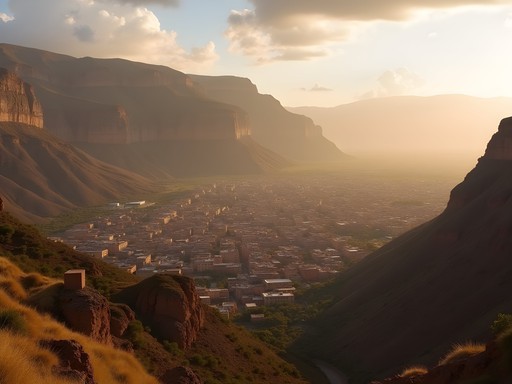
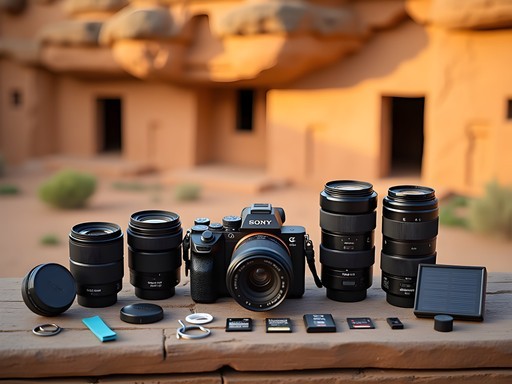






Comments
escapeninja
Just booked my flight to Ethiopia after reading this! For anyone else planning a trip, the local food in Mekelle is amazing fuel for climbing days. Try the shiro (chickpea stew) and injera (sourdough flatbread) at the small restaurants near the central market. Also worth noting that cell service can be spotty in the climbing areas, so download offline maps before heading out. Can't wait to check out those caves you mentioned!
Savannah Torres
That's awesome! You're going to love it. And yes to the shiro - I practically lived on it while I was there. Let me know if you need any specific route recommendations!
coolrider
Those cave pics are incredible! Adding this to my bucket list right now.
Hannah Woods
Fascinating post, Savannah! Having studied the geological formations of East Africa, I can confirm that the Tigray region offers some of the most unique climbing experiences on the continent. The combination of sandstone and limestone creates diverse climbing challenges not found elsewhere. What makes this area particularly interesting is how the climbing routes often intersect with historical sites - something I documented extensively in my own travels. For those planning to visit, I'd recommend climbing guide which details both the technical aspects and cultural context of these routes. The cave systems are also remarkably unexplored compared to other destinations - did you need specialized caving equipment for the deeper systems?
photobackpacker
Did you bring your own climbing gear or rent there? Planning a trip for next year!
Savannah Torres
I brought my own harness, shoes and helmet but rented ropes locally. The guide companies have decent gear but if you're particular about your equipment, bring what you can!
photobackpacker
Thanks! I'll pack my essentials and rent the bulky stuff.
sunnymood
Just got back from Ethiopia last month and can confirm the climbing scene there is still under the radar but amazing! The locals in Mekelle were so welcoming. We stayed at a small guesthouse where the owner actually packed us lunch for our climbing day. One tip I'd add - the weather can change quickly in the mountains, so layers are essential. We got caught in an afternoon shower that came out of nowhere. Also, if you're into photography, the light on those sandstone cliffs at sunset is pure magic. Worth planning your climbs around!
moonking
How safe is it for solo travelers? Been wanting to visit Ethiopia!
Savannah Torres
I felt very safe in Mekelle itself. For climbing and caving, definitely hire local guides - they know the terrain and it supports the local economy. Just use normal travel precautions and you'll be fine!
Haley Hamilton
Savannah, this brings back such memories! I was in Tigray region last year and those sandstone formations are truly otherworldly. Did you get a chance to visit the rock-hewn churches while you were climbing? I found the combination of natural beauty and cultural history absolutely mind-blowing. The local guides were so knowledgeable about both climbing routes and historical significance. I spent three days just exploring the area around Gheralta and could have easily stayed longer!
Savannah Torres
Yes! The churches were incredible - especially Abuna Yemata Guh. That climb to reach it was almost as spiritual as the church itself!
Haley Hamilton
Abuna Yemata Guh was my favorite too! That final barefoot scramble along the cliff edge... not for the faint of heart!
sunnygal
Wow, never thought of Ethiopia for rock climbing! Those limestone formations look incredible!
travelchamp
Going there in three months! How was the cell service? Need to stay connected for work emergencies.
Savannah Torres
In Mekelle city, surprisingly good! At the climbing sites, very spotty. I'd recommend getting an Ethiopian SIM card right away - much better than international roaming.
Timothy Jenkins
Savannah, brilliant write-up on a truly underexplored destination for adventure travelers. I visited Mekelle last year as part of a cultural tour but didn't get to experience the climbing scene - clearly a missed opportunity! For anyone planning to visit, I'd add that the local food deserves special mention. The injera with various wats (stews) provided perfect fuel for active days. Also worth noting that mobile coverage can be spotty in the climbing areas, so downloading offline maps is essential. The cultural immersion aspect you mentioned resonates deeply - those moments between climbs often become the most meaningful memories. Did you visit any of the markets in Mekelle? The textile craftsmanship there is extraordinary.
Savannah Torres
Thanks Timothy! Yes, I spent a wonderful afternoon at the central market and came home with a traditional scarf that I treasure. Great tip about the offline maps - absolutely essential!
Venture X
Premium card with 2X miles, $300 travel credit, Priority Pass